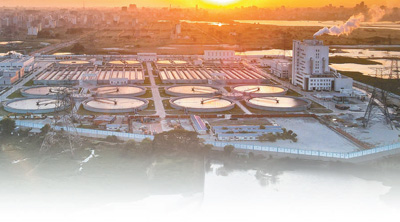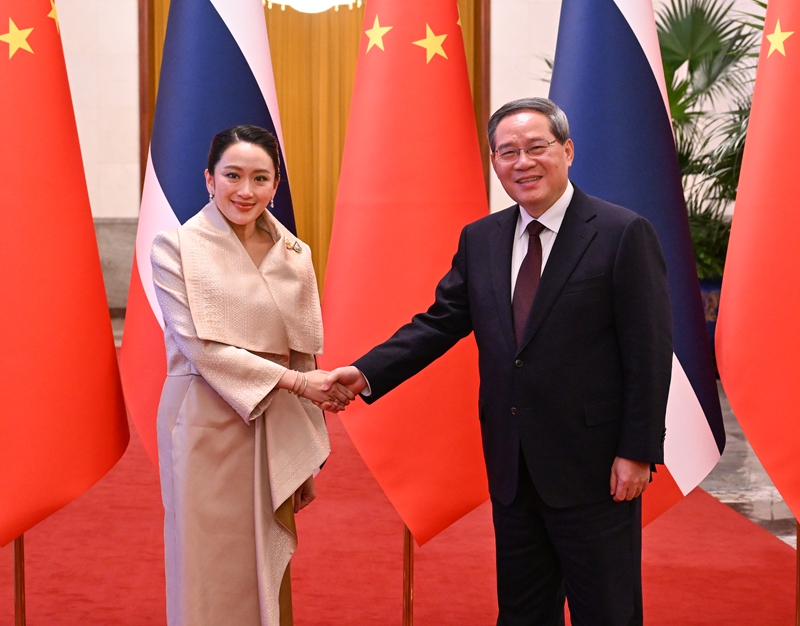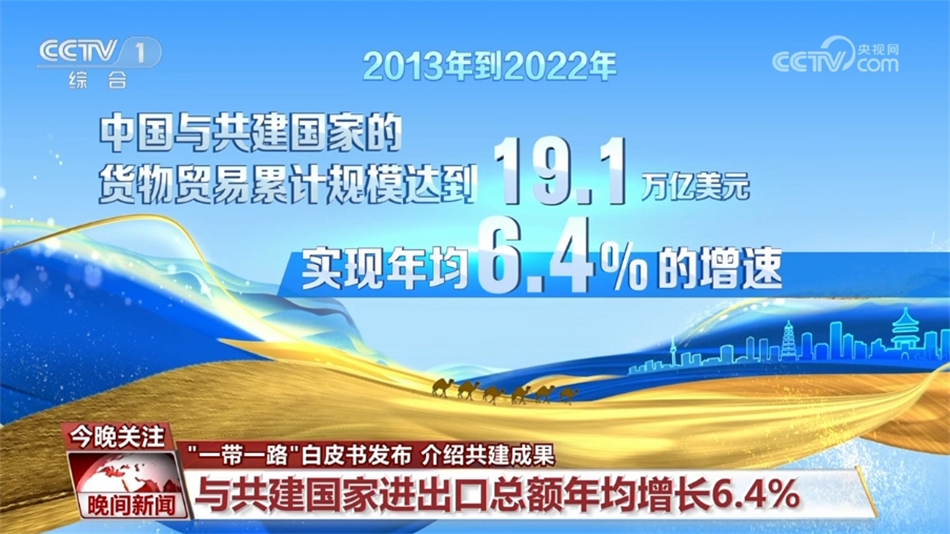Bai Ruiying - China's Silk Road: A Dialogue Between The Arteries Of Civilization Across Thousands Of Years And The World
Bai Ruiying - China's Silk Road: A Dialogue Between The Arteries Of Civilization Across Thousands Of Years And The World
The value of the Silk Road far exceeds the scope of economic and trade. It promotes in-depth mutual learning between Eastern and Western civilizations in the fields of science and technology, culture, art, religion, etc., and lays the foundation for the common development of human civilization.
The Silk Road, an ancient business road that uses Chinese silk as its iconic commodity and connects the East and the West, is not a single linear road, but a huge transportation network composed of land, sea and air (in ancient times, camels and ships as the main carriers, and contemporary extensions to aviation and digital channels). It is not only one of the most important trade channels in the ancient world, but also the core link for exchanges and mutual learning between Eastern and Western civilizations, and has profoundly shaped the development pattern of world history. From Zhang Qian of the Han Dynasty to the "empty" of the Western Regions, to the "trade of all countries" in the Tang Dynasty, to the inheritance and innovation of the contemporary "Belt and Road" initiative, the Silk Road has always carried the spiritual core of "peaceful cooperation, openness and inclusiveness, mutual learning and mutual benefit and win-win" and has become an eternal symbol of dialogue between China and the world.
1. Historical origin: From "drawing out" to "road network formation", the origin and expansion of the Silk Road
The official opening of the Silk Road began during the reign of Emperor Wu of the Western Han Dynasty, but before that, there had been sporadic folk trade and cultural exchanges between the East and the West. What truly incorporated it into the official perspective and formed a systematic channel was Zhang Qian's feat of his mission to the Western Regions.
1. The "empty" and preliminary formation of the Silk Road on the Land (Han Dynasty)
2. Land and sea: the prosperity and expansion of the Silk Road (Tang Dynasty to Song and Yuan dynasties)
2. Trade exchanges: Not only silk, but the "commodity exchange revolution" of the Silk Road
The trade value of the Silk Road is far more than "silk". This single commodity has promoted the first large-scale exchange of material civilizations in the East and the West, and changed the production and lifestyle and economic structure of both sides.
1. From East to West: The "Gift of Civilization" that China contributes to the world
2. From West to East: How foreign goods and cultures reshape China
3. Mutual learning of civilizations: The "soft power" of the Silk Road, shaping the world cultural community
The value of the Silk Road far exceeds the scope of economic and trade. It promotes in-depth mutual learning between Eastern and Western civilizations in the fields of science and technology, culture, art, religion, etc., and lays the foundation for the common development of human civilization.
1. Sharing of technology and knowledge
2. The integration of art and lifestyle
4. Contemporary inheritance: From the "Ancient Road" to the "Belt and Road", the rebirth of the Silk Road
Entering the modern era, the ancient Silk Road has not disappeared, but has been given new connotations in the context of globalization. In 2013, China proposed the "Silk Road Economic Belt" and the "21st Century Maritime Silk Road" (hereinafter referred to as the "Belt and Road") initiative, inheriting the spirit of "peaceful cooperation, mutual benefit and win-win" on the Silk Road, and upgrading it into a new international cooperation platform to promote global economic cooperation and civilized exchanges.
1. The "new channel" of the contemporary Silk Road
2. Contemporary Value: Not only trade, but also the "Chinese solution" for global governance
5. Eternal Spirit: Why can the Silk Road span a thousand years?
From the camel caravan business road in the Han Dynasty, to the trade between all countries in the Tang Dynasty, and to the contemporary "Belt and Road", the core of the Silk Road has been able to span more than two thousand years of history lies in the spirit of "peace, openness, inclusiveness, mutual learning and win-win" it carries. This spirit transcends the limitations of the times and regions and becomes the common wealth of human civilization.
In ancient times, the Silk Road was an equal communication channel between different civilizations that "don't rely on the strong or bully the weak" - Chinese silk and Roman gold, Indian Buddhism and Chinese Confucian culture collided with each other on this road but did not conquer each other, and ultimately achieved "each beauty is beautiful and shared beauty is shared." In contemporary times, the Belt and Road Initiative has inherited this spirit and helped developing countries achieve industrialization and modernization through infrastructure connectivity and economic cooperation, and promoted more balanced and inclusive development of the global economy.
The Silk Road is not only a "road", but also a "paradigm of civilization dialogue" - it proves that different countries and cultures can achieve material and spiritual exchanges without war and conquest, and achieve the goal of mutual benefit and win-win results. Against the background of the challenges of "anti-globalization" and "clash of civilizations" in today's world, looking back at the history of the Silk Road and inheriting its spiritual core are of great practical significance for building a community with a shared future for mankind and realizing world peace and development.
As President Xi Jinping said: "The ancient Silk Road lasts thousands of miles and lasts for thousands of years, and has accumulated the Silk Road spirit with peace, cooperation, openness and inclusiveness, mutual learning and mutual benefit and win-win as the core. This is a precious legacy of human civilization." From Chang'an to Rome, from Quanzhou to East Africa, the story of the Silk Road continues. It will always be the civilized artery that connects China with the world, witnessing the future of common development of mankind.





